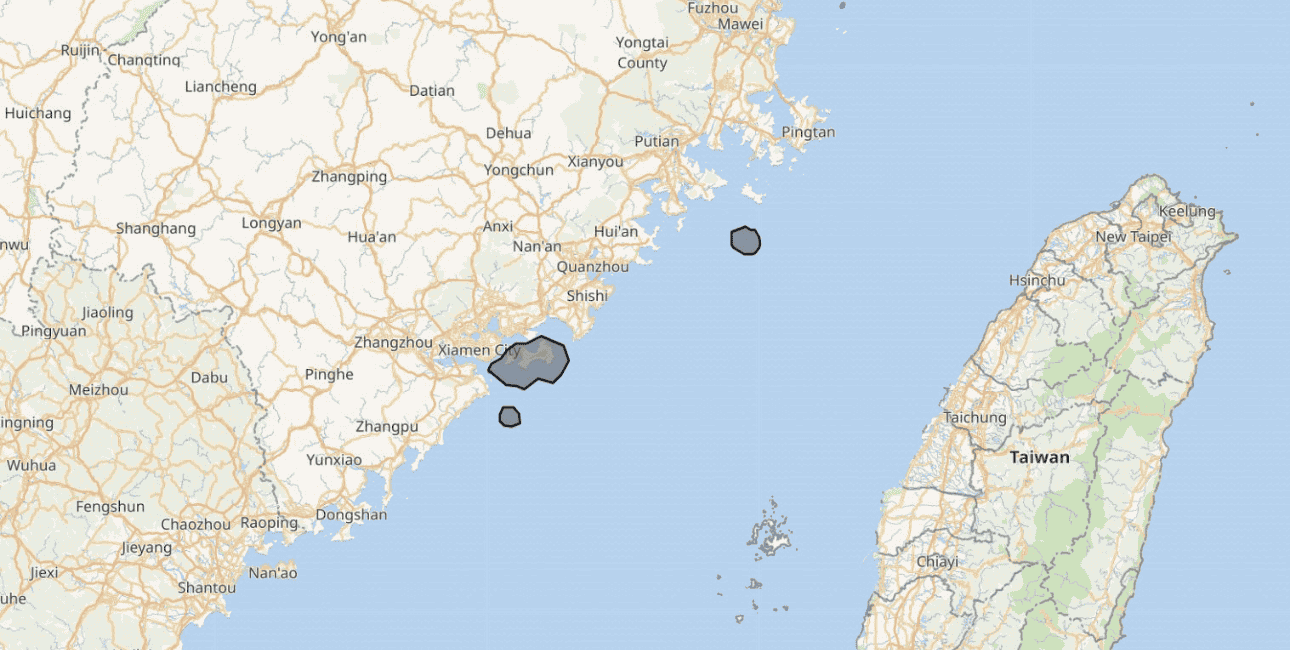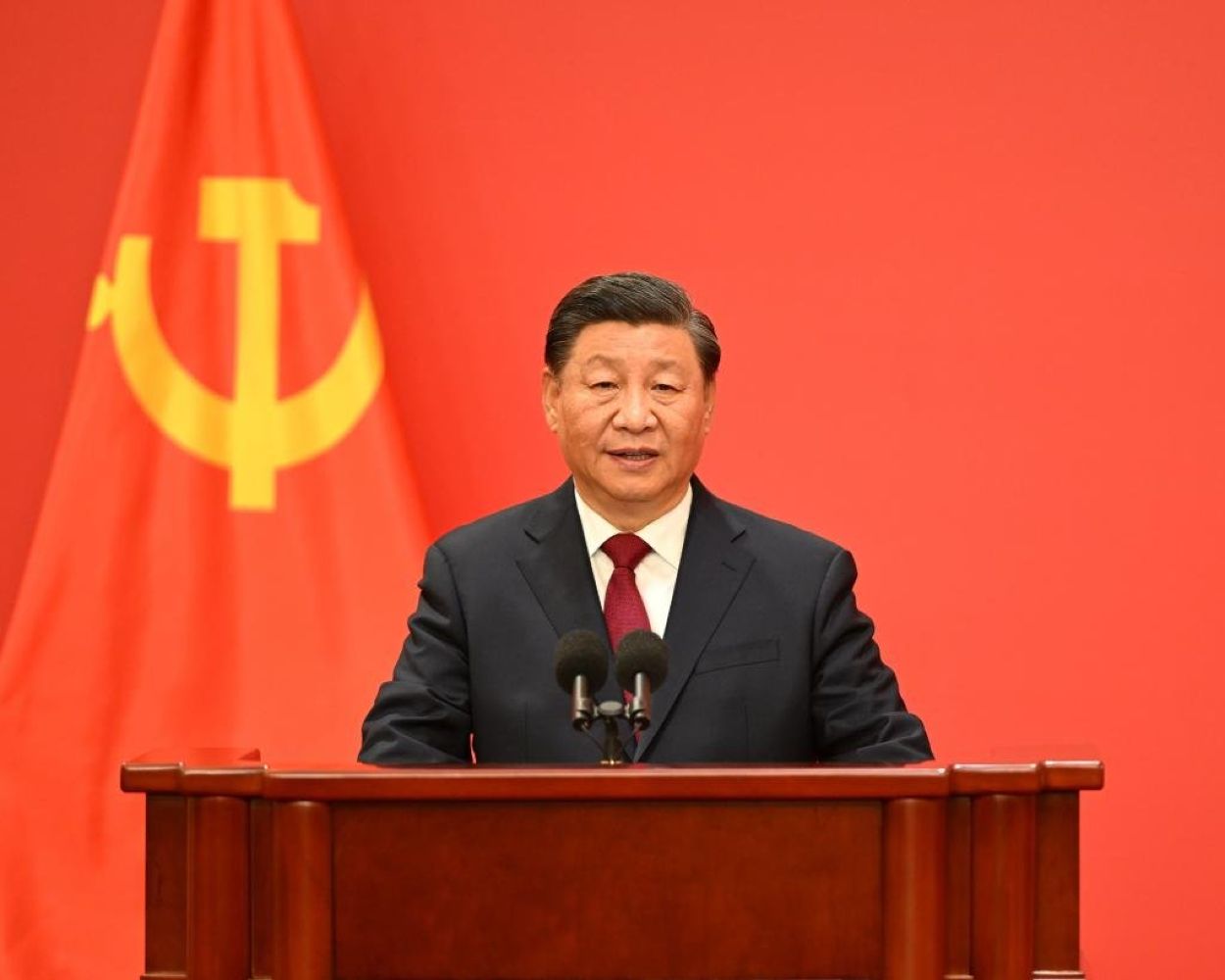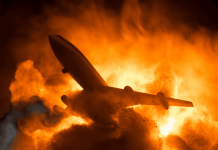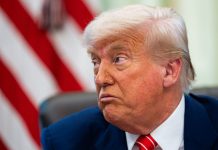Just six miles from mainland China lies a peculiar piece of Taiwan where residents can watch the glittering skyline of China’s Xiamen City from their beaches. This tiny archipelago, closer to Beijing’s territory than Taipei’s, has become the latest chess piece in an increasingly complex power game.
On the final day of 2024, Coast Guard vessels from China’s Fujian Province conducted patrols in waters near Taiwan’s Kinmen Island. China described these operations as routine law enforcement activities conducted within its established legal framework.
However, Taiwan’s Coast Guard had a different perspective. They reported that, since February 2024, Chinese Coast Guard ships breached waters near Taiwan’s outlying Kinmen Islands a record 52 times, marking a sharp escalation.
This surge is seen as part of Beijing’s broader “gray-zone warfare” strategy—an ongoing campaign of non-military tactics designed to intimidate Taiwan without provoking outright conflict.
The situation began heating up earlier last year when two Chinese fishermen drowned during a chase by Taiwan’s Coast Guard near Kinmen’s northernmost islands. In retaliation, China ramped up its Coast Guard operations in the region, accusing Taiwan of harassment and further complicating an already tense maritime standoff.

Since then, Kinmen has become a hotspot for heightened law enforcement activity as both sides monitor the contested maritime borders.
Why Kinmen Belongs To Taiwan Despite Its Proximity to China
Kinmen, a tiny archipelago located less than 10 kilometers off the coast of China’s Xiamen in Fujian Province, is governed by Taiwan but remains a focal point of geopolitical tension.
Recently, it has re-emerged as a strategic flashpoint in the China-Taiwan-US triangle, drawing renewed global attention.
Many are puzzled by Kinmen’s status, given its proximity to China and its location near Xiamen, a bustling Chinese city of over five million people. However, Kinmen’s current status is rooted in the complex history of the Chinese Civil War.
Initially seized by Japan in 1937 from the Republic of China/ROC (not the same as Taiwan, but the state of China that existed from 1912 to 1949), Kinmen returned to ROC control after World War II.
When the Chinese Civil War concluded in 1949, the Nationalist Kuomintang (KMT) forces under Chiang Kai-shek retreated to Taiwan after losing mainland China to Mao Zedong’s Communist forces. However, the KMT chose to fortify Kinmen and Matsu instead of abandoning them, recognizing their strategic importance.
The People’s Liberation Army (PLA) tried twice to capture Kinmen, first during the Battle of Guningtou in 1949 and later in 1950, but despite the numerical advantage, it failed due to poor planning. These defeats ensured Kinmen remained under the control of the ROC.
With time, Kinmen became a symbol of Taiwan’s sovereignty—a token of resistance in the face of Beijing’s ever-expanding ambitions.

Xi Jinping’s Push For Reunification
In a defiant New Year’s address, Chinese President Xi Jinping reaffirmed his view that Taiwan’s reunification with China is inevitable. “The people on both sides of the Taiwan Strait are one family. No one can sever our bonds, and no one can halt the historical momentum of national reunification,” he declared, signaling his determination to bring Taiwan under Beijing’s control.
This rhetoric and escalating military pressure have only intensified tensions in the region.
Meanwhile, reports from the Asia Maritime Transparency Initiative (AMTI) reveal a surge in Chinese Coast Guard (CCG) incursions into Taiwan’s surrounding waters, including Kinmen and Matsu. From May 2020 to September 2024, the number of Chinese vessels entering these restricted waters reached an all-time high.
The frequency of these incursions underscores Beijing’s strategy to assert its dominance in the Taiwan Strait.
Kinmen: A Symbol Of Taiwan’s Resistance
Amid these rising tensions, Taiwan’s President Lai Ching-te visited Kinmen Island in August 2024 to commemorate the 66th anniversary of the second Taiwan Strait crisis, a pivotal clash with Chinese forces.
In his address, Lai reaffirmed Taiwan’s commitment to peaceful development but also declared, “We refuse to be ruled by the Communist Party and are committed to continuing a life of democracy, freedom, human rights, and the rule of law.”
Despite its proximity to China, Kinmen remains a key symbol of Taiwan’s resistance to Beijing’s pressure.
However, some Kinmen residents have a more nuanced view. According to Voice of America (VOA) – the largest U.S. international broadcaster funded by the U.S. government, most residents of Kinmen feel safer on China’s doorstep than they would on Taiwan’s main island.
Many Kinmen locals have supported the idea of a bridge connecting Xiamen to their island, viewing it as a symbol of peace that could boost the economy and strengthen cross-strait ties.
Yet, Taiwan’s government has strongly opposed the plan, citing national security risks—a stance that Kinmen residents find frustrating.
A Microcosm Of Broader US-China Rivalry
Kinmen’s strategic value has drawn heightened attention as the US counters China’s regional assertiveness. The Biden administration’s focus on deterring Beijing’s ambitions in the Taiwan Strait has placed islands like Kinmen under the spotlight.
In February 2024, a Newsweek article revealed for the first time that U.S. special forces troops would be stationed permanently in Taiwan rather than on a temporary or rotational basis. In March 2024, Taiwan’s Defense Minister Chiu Kuo-cheng confirmed the presence of U.S. Army Special Forces personnel on Taiwan’s outlying islands, including in Kinmen.
Kinmen’s increasing prominence clearly indicates the region’s volatile nature, underscoring the fragility of peace in the Taiwan Strait.
The waters around Kinmen, once a serene path for ferries and trade, have become a high-stakes battleground for regional stability. In the broader U.S.-China-Taiwan triangle, this small island has evolved into a critical barometer for peace, where every wave could ripple out with far-reaching consequences.
- Shubhangi Palve is a defense and aerospace journalist. Before joining the EurAsian Times, she worked for ET Prime. In this capacity, she focused on covering defense strategies and the defense sector from a financial perspective. She offers over 15 years of extensive experience in the media industry, spanning print, electronic, and online domains.
- Contact the author at shubhapalve (at) gmail.com




